more advanced weapons. Below: The outer case of an atomic
bomb of the type developed during World War II by the U.S.
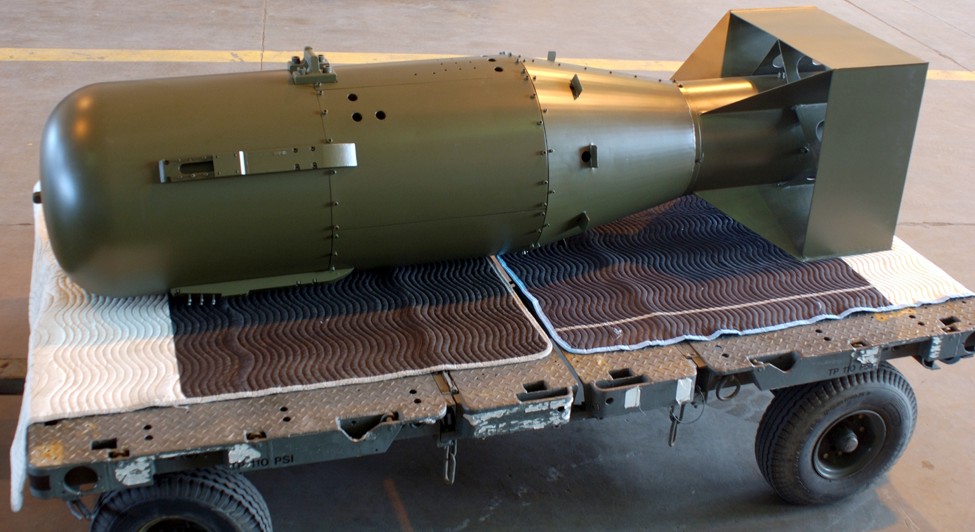
The Soviet Union wasted no time developing its own atomic bomb,
in part with the help of spies it had in the U.S. Below: The testing
of the "Joe-1" atomic bomb in the Soviet Union in 1949.
.

Both sides built powerful radar stations in the 1950s to watch the skies for
any sign of an attack by the other side. The U.S. built radar stations like
the one shown below all across Canada and Greenland, where they
could watch the entire Arctic region. Any bomber attack from the
Soviet Union would have to pass over that area to reach the U.S.
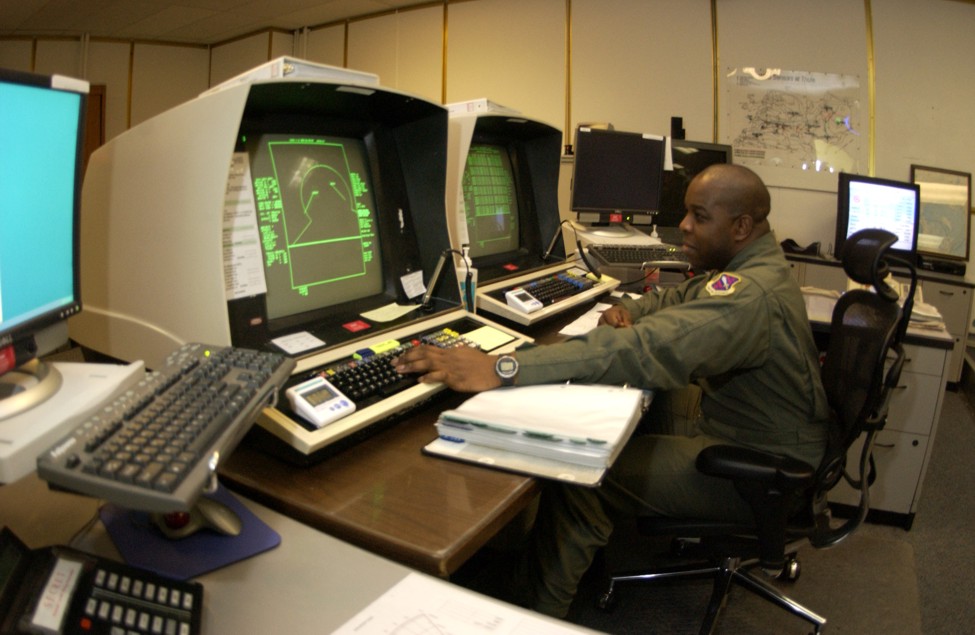
America built the Nike defensive missile system in the 1950s. It helped convince
Soviet leaders that the U.S. could shoot down any bombers they might send to
attack American cities. This Nike base in Lorton, Virginia, was one of many
built to protect nearby Washington, D.C. The system never had to be used,
and the Nike missile bases around the U.S. were shut down in the 1960s.
The U.S. also built the U-2 spy plane (below) in the 1950s,
mainly to keep an eye on military activity in the Soviet Union.
The plane could fly at an altitude of 70,000 feet, out of reach of
fighter planes. It was equipped with special cameras that could
photograph Soviet airfields and missile sites in sharp detail.
One of the U-2 airplanes, flying over Cuba in 1962,
took the famous photographs of Soviet missiles
and equipment being installed in Cuba.
By the mid-1960s both sides had developed ICBMs, or
Intercontinental Ballistic Missiles, with nuclear warheads. These
missiles made the Cold War far more dangerous, because there was
no defense against them. Below: The U.S. Minuteman missile
in its underground silo (launch tube), and in a test launch.
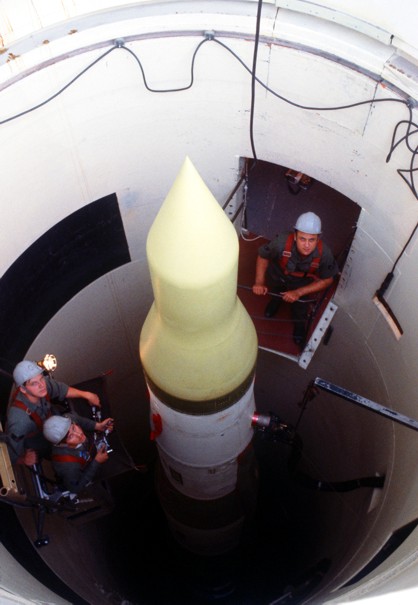 |
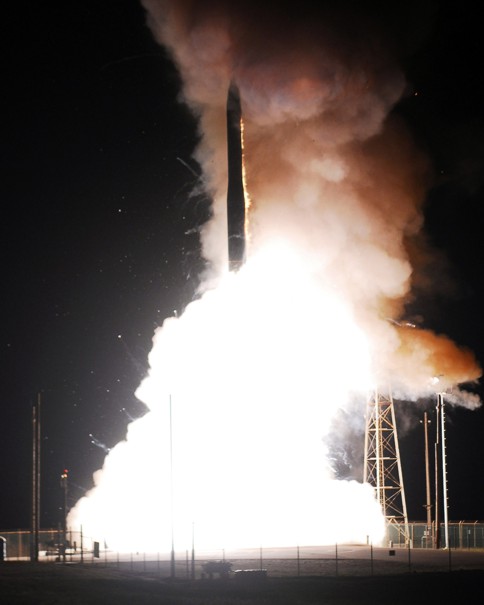 |
Both sides developed nuclear powered submarines capable of
launching missiles while submerged under water. This ensured
that an attack by the other side could never completely wipe out the
ability of the country to launch a deadly counter-strike. Below:
The USS Newport News running on the surface.
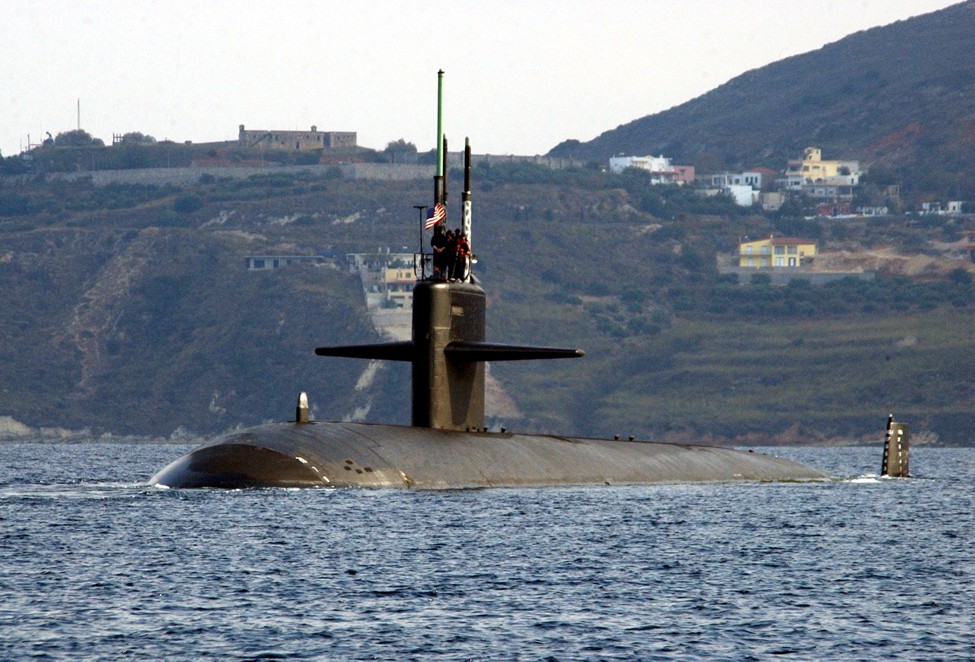
Nuclear powered aircraft carriers became among the most expensive
weapons of the Cold War. The USS Enterprise (below) was launched
in 1960. Both the Enterprise and the submarine shown above were
built at the famous shipyard in Newport News, Virginia.
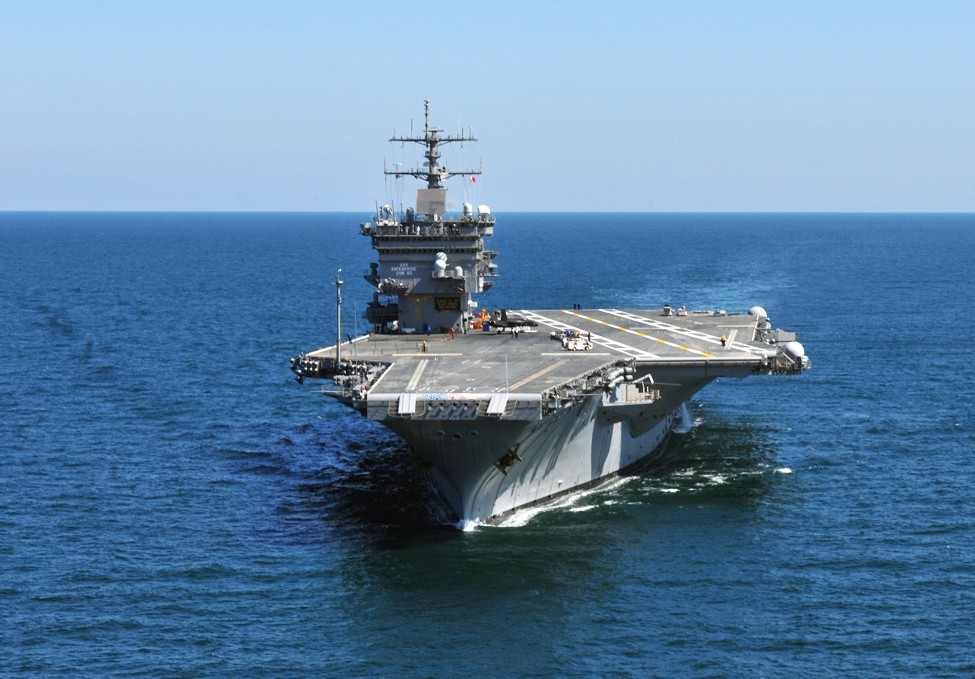
The SR-71 Blackbird (below) was a spy plane developed by the U.S. in
the 1960s. It was much faster than the U-2 spy plane, although both
planes remained in use for different missions during the Cold War era.

Both the U.S. and the Soviet Union considered it vital to match the other
in weapons and military technology. But there was a heavy cost to this
Cold War competition. Money spent on weapons was money not
available to be spent on schools, hospitals, and other community needs.
This basic fact of economics caused concern on both sides, but
neither side was willing to risk falling behind in the competition.
Photos of U.S. weapons are from the Pentagon Library and the
collections of the U.S. Air Force and U.S. Navy, as well as the
Library of Congress. Soviet atomic
bomb test photo courtesy Wikipedia.
Some images have been resized for this page.
SR-71: U.S. Air Force photo # 020904-O-9999R-003.JPG
USS Enterprise: U.S. Navy photo # 100419-N-0593C-321.jpg
|
Copyright Notice
Copyright 2011, 2017 by David Burns. All rights reserved. As a guide to the Virginia Standards of Learning, some pages necessarily include phrases or sentences from that document, which is available online from the Virginia Department of Education. The author's copyright extends to the original text and graphics, unique design and layout, and related material. |